antimony production from stibnite
2022-10-30T01:10:35+00:00
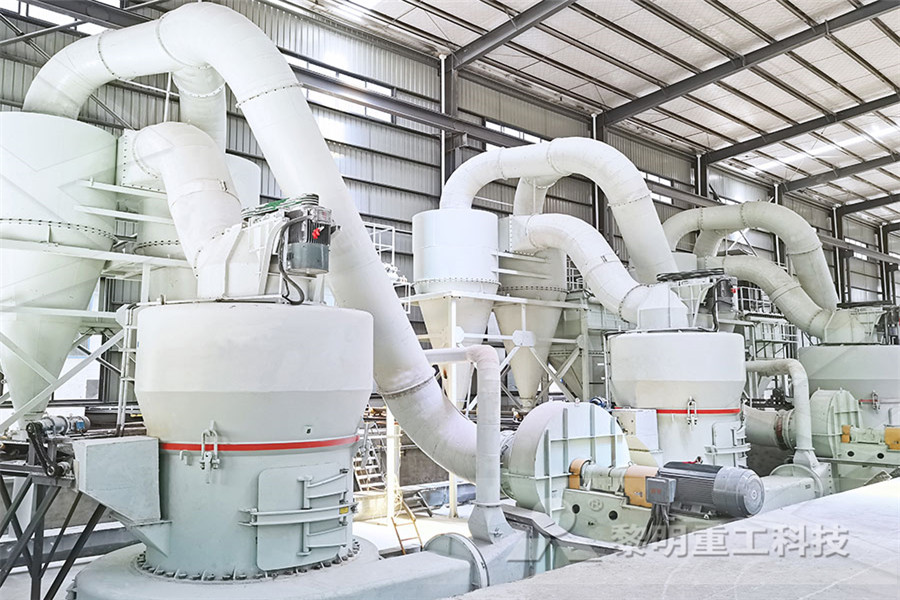
Antimony Production from Domestic Stibnite Ores via
production method for antimony production if the process can be optimized to work with high metallization ratios In this method antimony can reduced in one step Sulphur is decomposed from stibnite and interacts with iron then a matte phase, mainly consists of FeS, is obtained over the metallic antimony The main reaction of Niederschlag Stibnite (Sb 2 S 3) is an abundant antimony bearing mineral and thus it is the main source for the production of pure antimony trioxide and/or metallic antimony The conventional technology for the production of metallic antimony from stibnite concentrates is primarily by oxidizing roasting to convert the stibnite into volatile antimony oxide (Sb 2 O 3ANTIMONY PRODUCTION BY CARBOTHERMIC Amongst these, stibnite as a predominant ore alongside cervanite contributes the major portion of the global antimony supply3 Traditionally, pyrometallurgical methods have been commercialized for the extraction of Sb from stibnite This method involves a roasting–volatilization process in a blast furnace leading to antimony trioxide productionLeaching of Antimony from Stibnite Ore in KOH

Extraction Process of Antimony from Stibnite by
A new pyrometallurgical process to extract antimony from stibnite concentrate was proposed Thermodynamic analysis of extraction process was conducted Based on the thermodynamic analysis, the influence of volatilization temperature, volatilization time, blowing oxygen, low melting point slagging on the volatilization rate of antimony and the residual rate of antimony in the slag was investigatedThe results demonstrated the technical feasibility of producing antimony by this method without producing SO2 gas Complete conversion of Sb2S3 was obtained at 1023 K in about 1000 seconds and at 1123 K in less than 250 seconds using stibnitecarbonlime mixtures with molar ratios Sb2S3:CaO:C = 1:3:3ANTIMONY PRODUCTION BY CARBOTHERMIC The lowgrade stibnite (Sb 3721%, Fe 1327%, Cu 0085%, Pb 018%, As 0034%, S 3060%, SiO2 714%, Al 2 O 3 226%, CaO 0079%) used in this study was obtained from the Hunan Chenzhou Mining Group, PRC Antimony occurs in the form of 5185% Sb2 S 3Onestep extraction of antimony from lowgrade
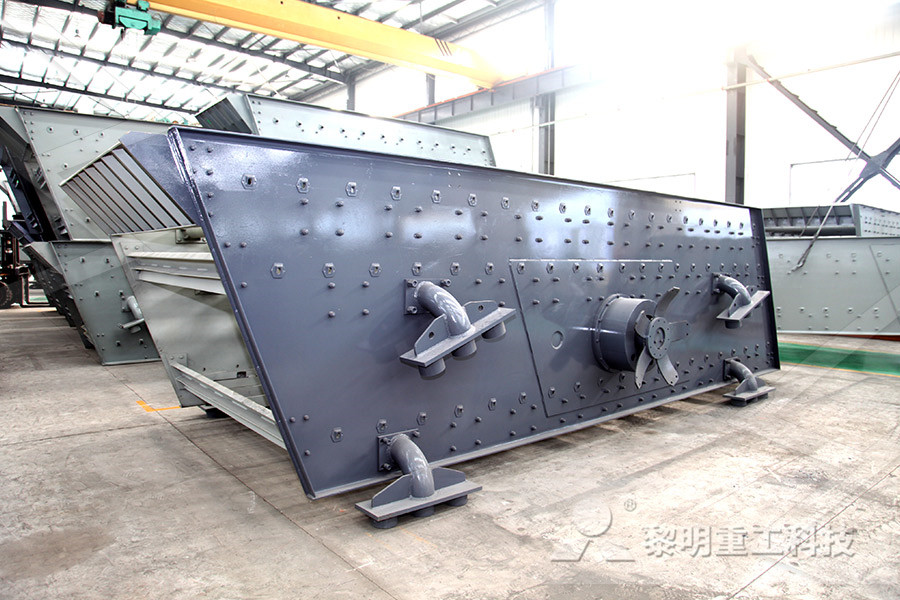
Onestep electrochemical reduction of stibnite
In this study, antimony production from a stibnite concentrate (Sb 2 S 3) was performed in one step using a molten salt electrolysis method and borax as an electrolyte In this study, antimony production from a stibnite concentrate (Sb 2 S 3) was performed in one step using a molten salt electrolysis method and borax as an electrolyte Electrochemical reduction of the stibnite concentrate was performed at 800°C under galvanostatic conditions and explained in detail by the reactions and intermediate compounds formed in the boraxOnestep electrochemical reduction of stibnite Antimony is produced from stibnite ore (Sb 2 O 3) which is processed into antimony metal and antimony oxide (Sb 2 O 3) The industrial importance of antimony is mainly derived from its use as flame retardant in plastics, coatings, and electronics, but also as decolourizing agent in glass, alloys in leadacid batteries, and catalysts for the production of PET polymersAntimony Recovery from EndofLife Products and
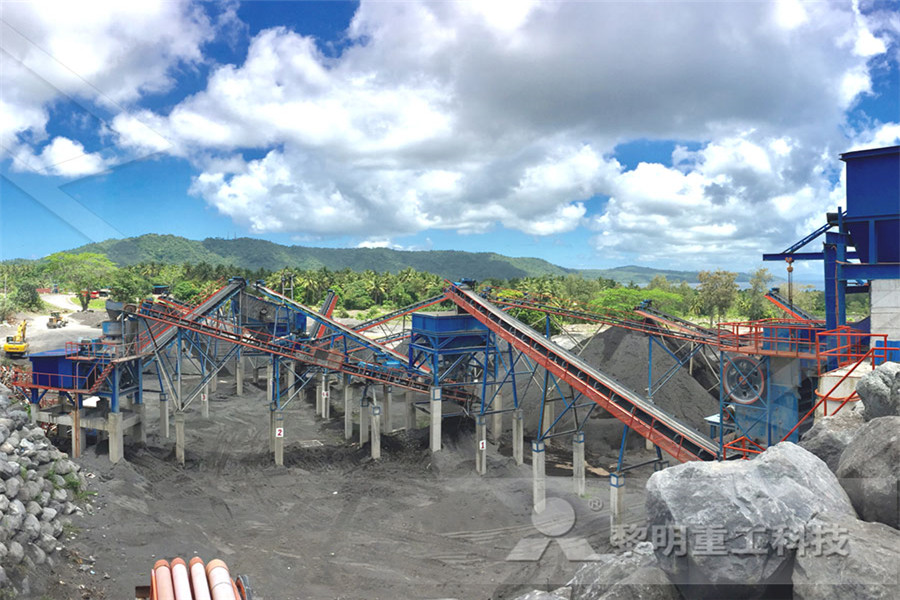
Extracting antimony from high arsenic and gold
Antimony production involves hydrometallurgy and pyrometallurgy, the latter being still dominant The conventional extraction of antimony from stibnite and jamesonite involves a twostep pyrometallurgical process comprising volatilization roasting and carbothermal smelting (Ouyang et al, 2019; Tian et al, 2016)While the stibnite concentrated content is 75% (mass fraction, similarly hereinafter), FeO content is 16%, CaO content is 16%, the volatilization time is 60 min, the volatilization temperature is 1673 K, low melting point slagging and nonblowing operation are necessary, the primary volatilization rate of antimony from stibnite concentrate is Extraction Process of Antimony from Stibnite by A circulatory hydrometallurgical process: ferric trichloride (FeCl 3) leaching of antimony sulfide (Sb 2 S 3) (production of Sb by replacing it with iron) followed by membrane electrowinning of ferrous chloride (FeCl 2), was developed to cleanly extract Sb from stibniteFirst, Sb was leached (leaching efficiency >98%), using FeCl 3 as leaching reagent, under the following optimum conditions Ferric chloride leaching of antimony from stibnite
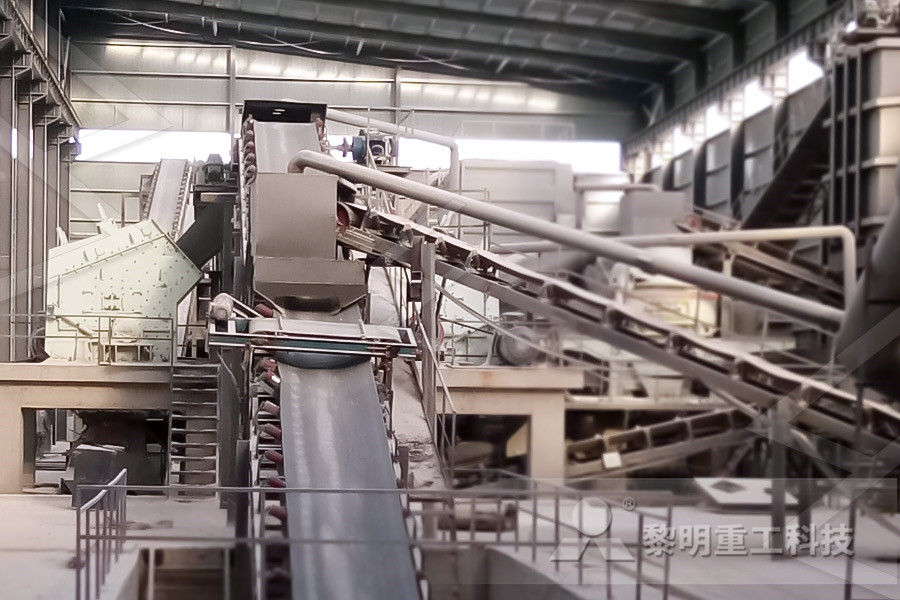
Onestep electrochemical reduction of stibnite
In this study, antimony production from a stibnite concentrate (Sb 2 S 3 ) was performed in one step using a molten salt electrolysis method and borax as an electrolyte Electrochemical reduction of the stibnite concentrate was performed at 800℃ under galvanostatic conditions and explained in detail by the reactions and intermediate compounds formed in the boraxAbstract A circulatory hydrometallurgical process: ferric trichloride (FeCl3) leaching of antimony sulfide (Sb2S3) (production of Sb by replacing it with iron) followed by membrane electrowinning of ferrous chloride (FeCl2), was developed to cleanly extract Sb from stibnite First, Sb was leached (leaching efficiency >98%), using FeCl3 as leaching reagent, under the following optimum Ferric chloride leaching of antimony from stibnite Johanna Feary, Paul Cullinan, in Reference Module in Biomedical Sciences, 2019 Production and sources of exposure Antimony is a metalloid which occurs mainly as the sulphide mineral stibnite (antimony trisulphide Sb 2 S 3) in metamorphic deposits in granites and limestoneWorldwide, the greatest producer of antimony is China followed by Russia and BoliviaStibnite an overview ScienceDirect Topics
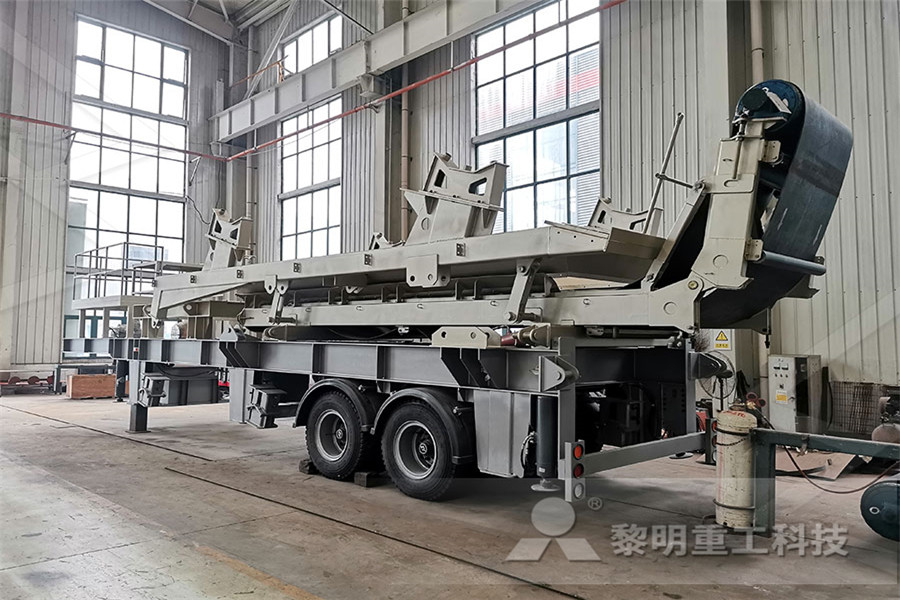
Antimony Properties Price Applications
Antimony is a lustrous gray metalloid, it is found in nature mainly as the sulfide mineral stibnite Antimony compounds have been known since ancient times and were powdered for use as medicine and cosmetics, often known by the Arabic name, kohl ANTIMONY (Data in metric tons of antimony content unless otherwise noted) Domestic Production and Use : In 2020, no marketable antimony was mined in the United States A mine in Nevada that had extracted about 800 tons of stibnite ore from 2013 through 2014 was placed on careandmaintenance status in 2015 and had no reported production in 2020Antimony USGSAntimony A native element, antimony metal is extracted primarily from stibnite, which contains 72 percent antimony and 28 percent sulfur Stibnite is mined Antimony Minerals Education Coalition
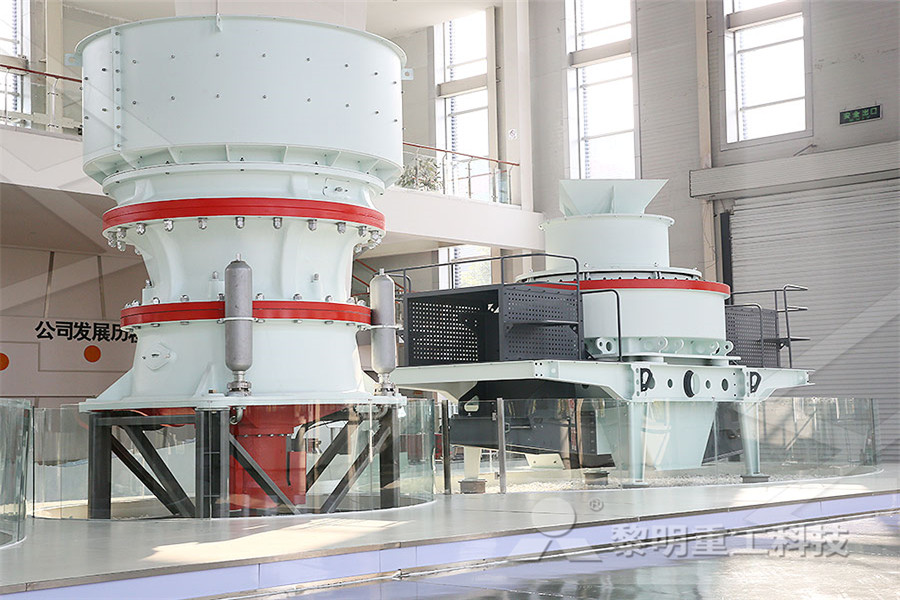
How Antimony is Processed by Flotation 911
The problem discussed in this antimony process study is limited to a concentrator capable of beneficiating 150 tons per day of antimony oreThe antimony in this study occurs as the mineral stibnite (Sb2S3) in association with small amounts of pyrite, arsenopyrite, galena and lead sulfantimonides The gangue is composed largely of quartz but contains, in addition, a small amount of talc The Los Juarez property and mill at Puerto Blanco are being permitted to start gold and silver production that will supplement the antimony values and identify the Company as a "precious metal producer" USAC owns 100% of the Bear River Zeolite, Corp mine in southeast Idaho that management regards as one of the best zeolite properties in the United States Antimony Corporation In this study, antimony production from a stibnite concentrate (Sb 2 S 3 ) was performed in one step using a molten salt electrolysis method and borax as an electrolyte Electrochemical reduction of the stibnite concentrate was performed at 800℃ under galvanostatic conditions and explained in detail by the reactions and intermediate compounds formed in the boraxOnestep electrochemical reduction of stibnite
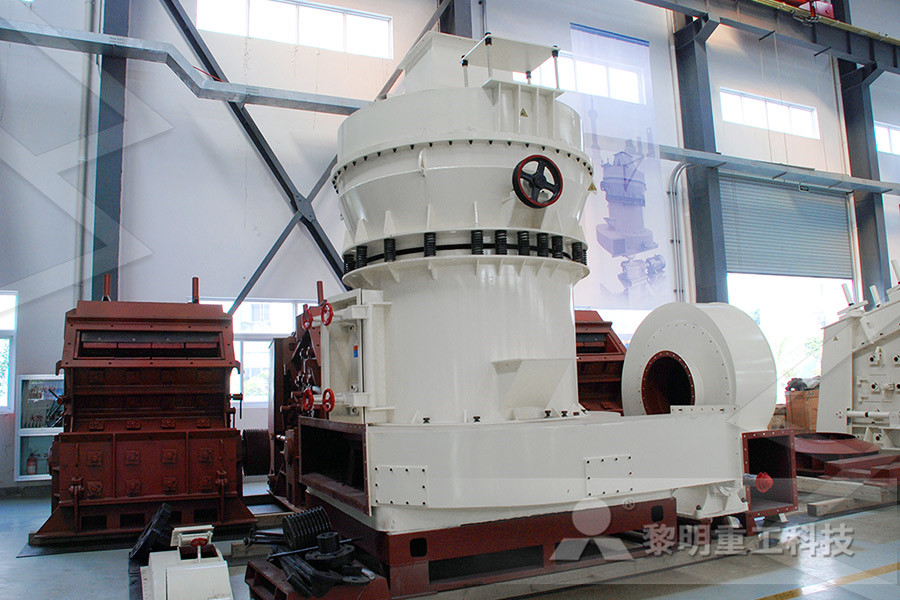
Hydrometallurgical process for the production of
A hydrometallurgical process for pollutionfree recovery of metallic antimony from stibnite and other antimonycontaining materials by (a) reduction of ferric chloride by such materials to produce ferric chloride and antimony (III) chloride, (b) recovery of metallic antimony, preferably by electrolysis, (c) regeneration of the ferric chloride, and (d) purge of impurities metals Article OneStep Extraction of Antimony in Low Temperature from Stibnite Concentrate Using Iron Oxide as SulfurFixing Agent Yun Li 1, Yongming Chen 1,*, Haotian Xue 2,*, Chaobo Tang 1, Shenghai Yang 1 and Motang Tang 1 1 School of Metallurgy and Environment, Central South University, Changsha , China; (YL); chaobotang@163 (CT); OneStep Extraction of Antimony in Low Temperature production from coeur d'alene, eureka ellis, interstate, and stibnite hill mines in 1941 in 1942, couer d'alene did not produce the other three did, as well as an unnamedmine stibnite hill mine produced in 1951 and 1953 minor production in early 1900's currently producingAntimony Mines (MRDS #) SB USGS
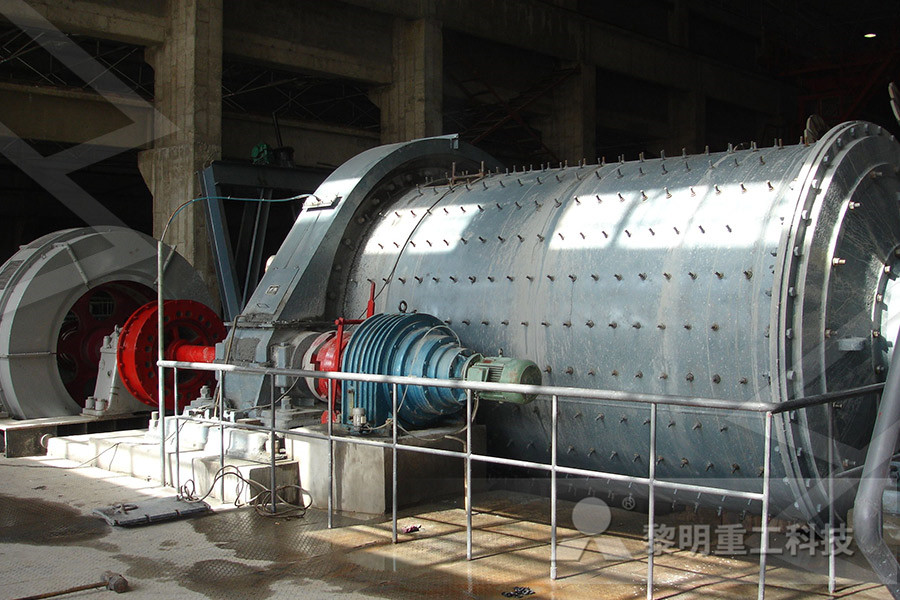
Ferric chloride leaching of antimony from stibnite
Abstract A circulatory hydrometallurgical process: ferric trichloride (FeCl3) leaching of antimony sulfide (Sb2S3) (production of Sb by replacing it with iron) followed by membrane electrowinning of ferrous chloride (FeCl2), was developed to cleanly extract Sb from stibnite First, Sb was leached (leaching efficiency >98%), using FeCl3 as leaching reagent, under the following optimum ANTIMONY PRODUCTION AND CONSUMPTION In 2013, China was the leading global producer, accounting for about 78 percent of world mine production, followed by Burma (6 percent), Russia (5 percent), Bolivia (3 percent) and Tajikistan (3 percent) China was also the leading consumer of antimony in 2013, followed by the United States and JapanMineral Resource of the Month: Antimony EARTH Antimony is a lustrous gray metalloid, it is found in nature mainly as the sulfide mineral stibnite Antimony compounds have been known since ancient times and were powdered for use as medicine and cosmetics, often known by the Arabic name, kohlAntimony Properties Price Applications
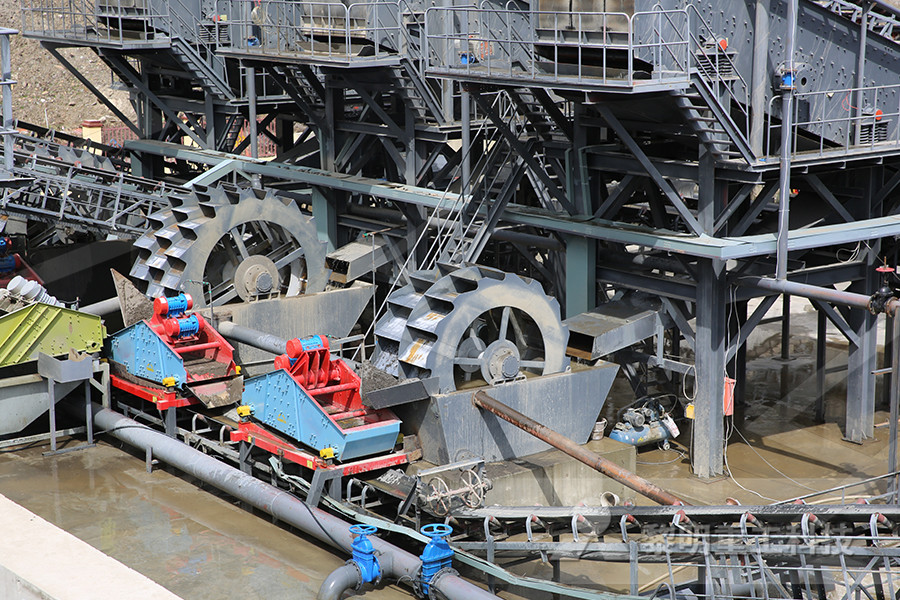
Stebinite Antimony Mine Near Antimony, Utah The
deposit lentils of stibnite to 3 inches, dip is gentle the following sequence numbers were used to create the antimony canyon group report: alta mine baltimoremaryland mine emmaalbion mine faultslice mine gem mine mammoth mine pluto mine star stebinite mine stella mine Stibnite Gold Project is in construction, and the production schedule of these minerals is well understood Due to the highly variable nature of our antimony concentrate production, it is very likely that multiple refineries will process the concentrate concurrently Existing antimony processing facilities are located in the US, Mexico, ChinaTHE STIBNITE GOLD PROJECTThe Tok Antimony deposit, also called Boulder Creek, Stibnite, A Lucky Leak, and Stibnite Creek, was discovered in the early 1900s A 12foot adit was driven in 1914 In 1940, several tons of ore from the prospect were stockpiled by Boulder Creek awaiting transportStibnite Creek (ARDF #TC029) Au, Sb
vertical shaft impactor vsi crusher maintenance chec
m sand manufacturing machine taminadu
sand crusher south africacrusher
bongkar penipuan ntoh surat panggilan test lowongan
Cone Crusher Krupp Cone Crusher Kubna Cone Crusher Kubria
crushing and magnetic separation equipment lease
mining process clay
Ice Crusher Machine Distributors Turkey
gold mining machine and mill of zimbabwe
gold ore processing mills stone crusher machine
tin can crusher for sale south africa
mining crusher of stone with gold philippines
casting for stone crusher plants
Benefication Plant Of Iron Ore
Ball Mill For Dross Processing
Russian Mining Equipment Companies
jaw crusher in germany used
pulverizer of vibration
nveyor belt manufacturers in mumbai
Kuthiradam Stone Crushers Sand Making Stone Quarry
grinding roller latest
prices of stone crushing unit
ginding machines for melamine industry
clay brick making machine south africa clay brick making
Penjelasan Mining Mill Area Network
sri venkateswara stone crusher
sale used stone crusher equipment
15 kg gold refining machine
blasting to extract rocks
The Mobile crushing Plant Model and crushing capacityproject









